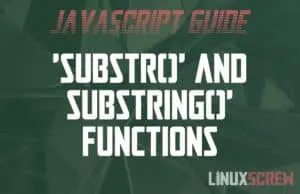Home »
Why Use The Terminal [Linux/BSD]?
Lots of people choose to use the terminal instead of a graphical interface for coding, system administration, and even day-to-day computing – but why? Here’s a bunch of reasons. If you’re confused about what the Terminal, Shell, and Command-Line all are – check out our explainer here! Most servers lack a GUI (If you ignore Windows) Most Linux servers are remotely administered via the terminal through a remote SSH connection – so being comfortable in the terminal by using it day-to-day makes things easier when it … Read more

![Why Use The Terminal [Linux/BSD]? 1 Why Use the Terminal?](https://cd.linuxscrew.com/wp-content/uploads/2021/11/why-use-the-terminal-300x194.jpg)
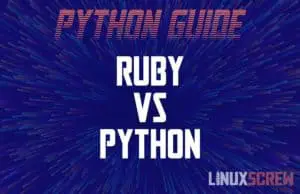
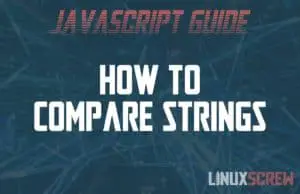
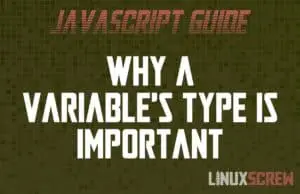
![How to Convert an Object to an Array in JavaScript [Examples] 5 JavaScript Convert Object to Array](https://cd.linuxscrew.com/wp-content/uploads/2021/11/javascript-convert-object-to-array-300x194.jpg)

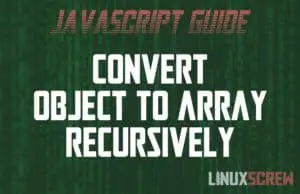
![JavaScript: Remove the First/Last Character from a String [Examples] 9 How to Remove First/Last Characters from String in JavaScript](https://cd.linuxscrew.com/wp-content/uploads/2021/11/how-to-remove-the-first-or-last-character-from-a-string-javascript-300x194.jpg)
![PHP_SELF - What It Is, and Why It's Too Dangerous to Use [WARNING] 10 PHP_SELF](https://cd.linuxscrew.com/wp-content/uploads/2021/11/php_self-300x194.jpg)
